The Supreme Court of India has told five popular entertainers to say sorry in public, and to mean it. On Monday, a bench of Justices Surya Kant and Joymalya Bagchi directed comedian and show host Samay Raina, along with Vipul Goyal, Balraj Paramjit Singh Ghai, Sonali Thakkar (also known as Sonali Aditya Desai), and Nishant Jagdish Tanwar, to issue unconditional apologies on their own social media channels for content that mocked people with disabilities and rare genetic disorders.
The case reached the court through a petition by the CURE SMA Foundation of India, which flagged clips and performances where disability became the punchline, especially jokes aimed at people with Spinal Muscular Atrophy (SMA) and those with visual impairments. The court made it clear it sees a line between free speech and speech that punches down on vulnerable groups. As Justice Kant put it in court, “freedom of expression must be exercised responsibly.”
At the heart of the petition is Raina’s material from his show “India’s Got Latent,” where a segment riffed on a charity drive for a two-month-old baby needing an injection priced at around ₹16 crore to treat SMA, a life‑threatening condition. In that bit, he joked about whether the parents would reconsider using the treatment once the money was raised. For families who have had to crowdfund the same one-time gene therapy—often Zolgensma—this sort of humor wasn’t just tasteless; it risked chilling donations that can decide life and death.
What the court ordered
The bench’s message was blunt: “The degree of repentance should be higher than the degree of offending—it’s like purging contempt.” The court said freedom of speech does not stretch to commercial content that targets or humiliates marginalized communities. In the influencer economy, where jokes are monetized and reach millions, the bench’s framing matters. It flags that creators who profit from edgy content face stricter scrutiny.
- All five named influencers must post public, unconditional apologies on their platforms. The court stressed these apologies should be genuine, not legalese meant to deflect blame.
- The influencers must also tell the court how much of a financial penalty they are prepared to pay. The money, the bench indicated, could be directed toward treatment for people with rare genetic disorders such as SMA.
- The bench criticized Samay Raina’s earlier affidavit, saying it tried to justify the conduct instead of showing remorse. It warned penalties could follow later if the response falls short.
- Attorney General R. Venkataramani has been asked to assist the court in framing broader guidelines to tackle offensive speech on social media—especially posts targeting persons with disabilities, women, children, and the elderly.
- The Ministry of Information and Broadcasting has joined the case after the court allowed its impleadment, signaling the government’s active role as the court considers policy guardrails.
This matter has been running since July 15, when the court first summoned the five. Monday’s hearing pushed it past a single incident and into the wider question of how India should regulate harmful online content without trampling on free speech.
Why stress “commercial” content? Indian law treats advertising and monetized speech as speech, but subject to tighter controls. In Tata Press Ltd. v. MTNL (1995), the Supreme Court recognized commercial speech under Article 19(1)(a), but also accepted greater room for reasonable restrictions under Article 19(2). The court’s remarks fit that line: creators who earn from content cannot hide behind the same shield when the content degrades protected groups.
The judges also anchored their comments in dignity—a cornerstone of Article 21. The court has repeatedly said dignity is not abstract; it is enforceable. In past rulings on hate speech and public order, the court has balanced robust debate against speech that dehumanizes. Monday’s hearing continues that arc: humor is not exempt when it treats disability as entertainment.
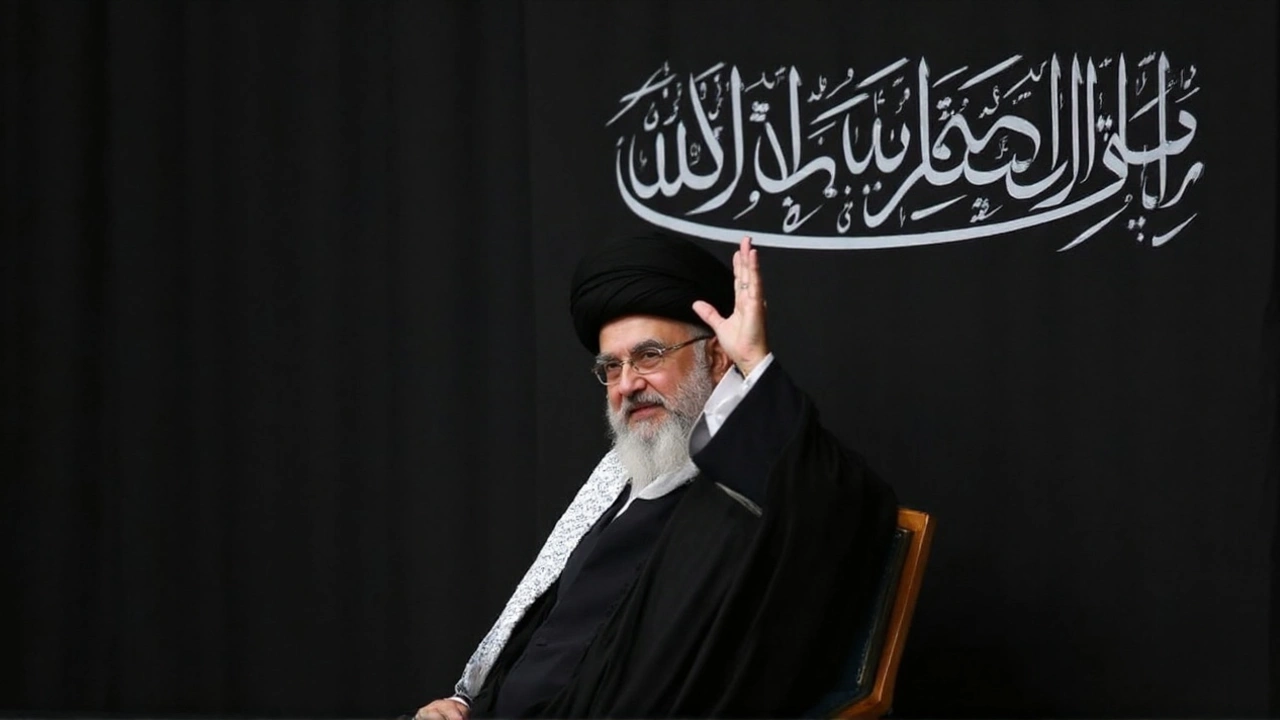
Why this matters—and what could change
For families living with SMA, the context is raw. SMA is a severe neuromuscular disease that weakens muscles and can be fatal in infants without treatment. The most talked‑about therapy is a single-dose gene treatment costing tens of crores in India. Parents often run time-bound crowdfunding campaigns—posting medical records, updates, and daily videos—to raise the money fast. Jokes that cast doubt on how funds are used can crush momentum and shake trust in the middle of a race against time.
Disability groups have long argued that mockery isn’t “just a joke” when it drives stigma. The Rights of Persons with Disabilities Act, 2016, goes beyond accessibility—it also criminalizes acts that insult, intimidate, or humiliate persons with disabilities. While not every off-color joke becomes a crime, the law sets the tone: public figures are expected to avoid speech that causes harm to an already disadvantaged community.
The court’s push for guidelines shows it wants a systemic fix, not one-off scolding. Expect the Attorney General and the government to weigh how to blend existing rules with targeted protections. India already has the IT Rules, 2021, which require platforms to respond to user complaints and pull down unlawful content once notified. But “offensive” is a wider category than “illegal,” and the real challenge is building processes that catch and correct harmful speech before it spreads, without sliding into censorship.
What could those guidelines look like? They may set out:
- Clear definitions for content targeting protected groups (disability, gender, age) that trigger higher scrutiny.
- Standardized “apology and redress” playbooks for creators—prominent placement, duration of visibility, and plain-language acknowledgments of harm.
- Paths for restorative penalties—directing money toward treatment, rehabilitation, or awareness programs tied to the affected community.
- Coordinated roles for platforms, creators, and regulators so action is fast but contestable, with an appeals route to avoid overreach.
There’s also the influencer economy to think about. Comedy clubs, live tapings, YouTube, Instagram, and podcasts monetize outrage and edginess. Lines are tested nightly. The court’s signal to comedians and creators is straightforward: punch up, not down. Jokes about disability, poverty, or illness land differently when the targets have less power and fewer ways to fight back.
For Raina and the others, the next steps are practical. They must draft apologies that meet the court’s bar for clarity and sincerity, publish them prominently, and submit their proposed penalties. If their posts sound defensive or evasive, they risk harder sanctions later. The court also flagged that apologies are not a shield against accountability; they’re a first step.
On the regulatory side, the Ministry of Information and Broadcasting’s participation suggests the government will look at what it can do under existing powers rather than starting from scratch. That could mean advisory notes to broadcasters and streamers, best-practice codes for comedy and reality formats, and stronger grievance pipelines for disability-rights groups. Platforms, for their part, may need to fine-tune policies on mocking disabilities and add faster takedown pathways for such content.
None of this stops comics from being edgy. It asks them to aim the edge in a different direction. Comedy can critique power, hypocrisy, and public policy without turning people’s illnesses into punchlines. Plenty of stand-up sets manage to be sharp without ridiculing the vulnerable. That’s more than a taste issue; under the court’s lens, it’s a legal and ethical boundary.
One more point the court made—about repentance being proportionate to harm—may set a template for future cases. If an offensive clip reaches millions, the apology should reach the same audience, stay up long enough, and be delivered in the same format (video for video, not a fleeting text story). While the bench didn’t spell out the mechanics on Monday, creators should assume visibility matters as much as the wording.
For disability advocates, the hearing marks rare recognition at the top of the system. If the upcoming guidelines land well, they could give families a faster way to challenge harmful content and get relief without waiting months. If they go too far, they could chill legitimate commentary. The court knows the tightrope. Its ask for help from the Attorney General is a sign it wants a balanced, durable framework rather than a quick fix.
The case is still live. The bench will look at the apologies, consider the penalty proposals, and review draft guidelines when they arrive. For now, five influencers have been told to correct course in public—and a much larger conversation about online speech, dignity, and responsibility has begun.
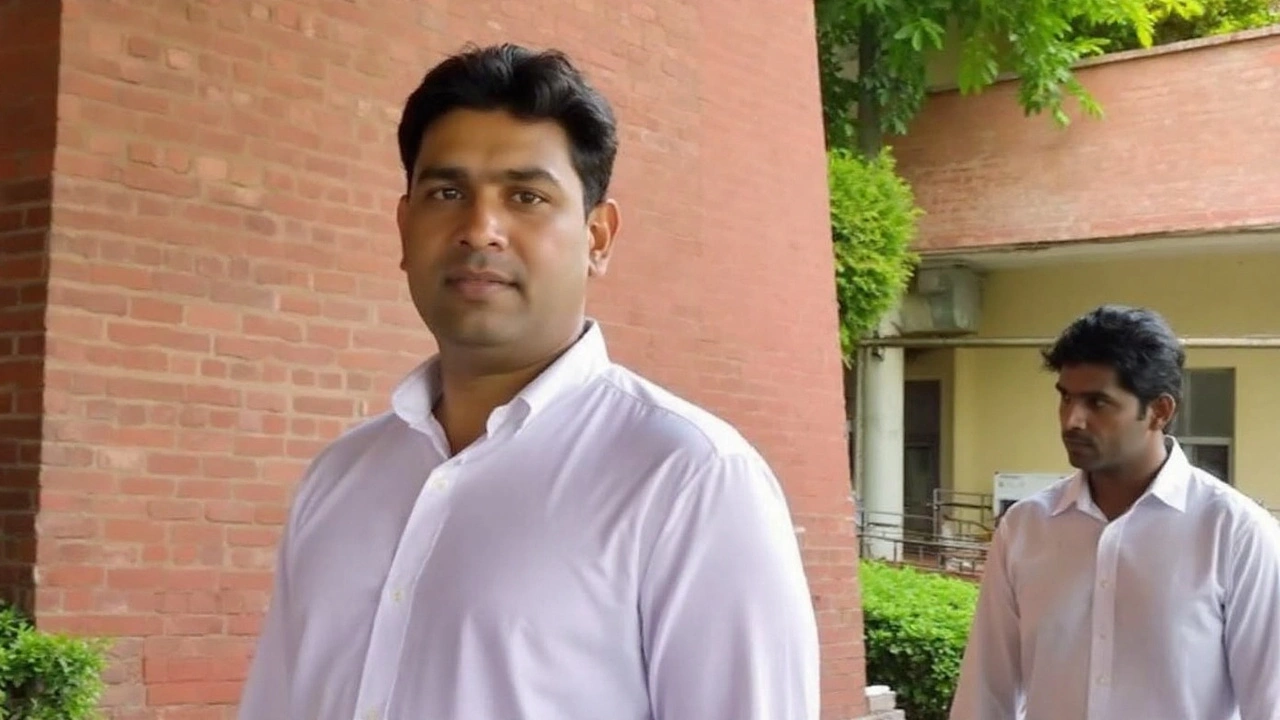
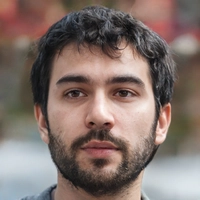
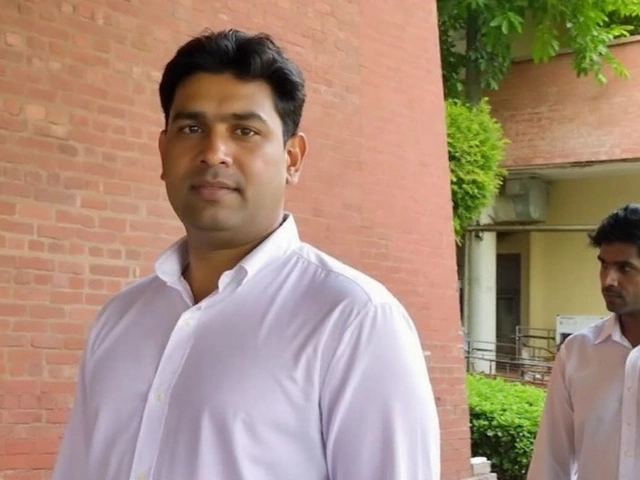

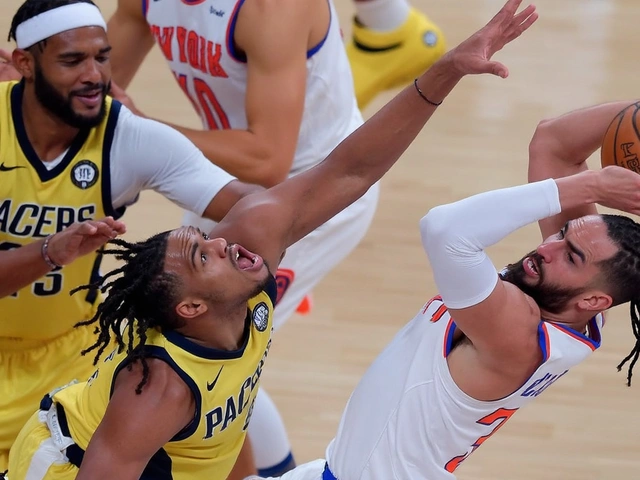

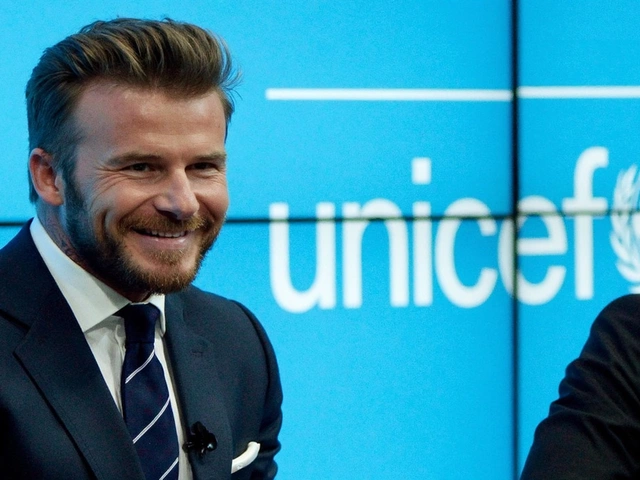
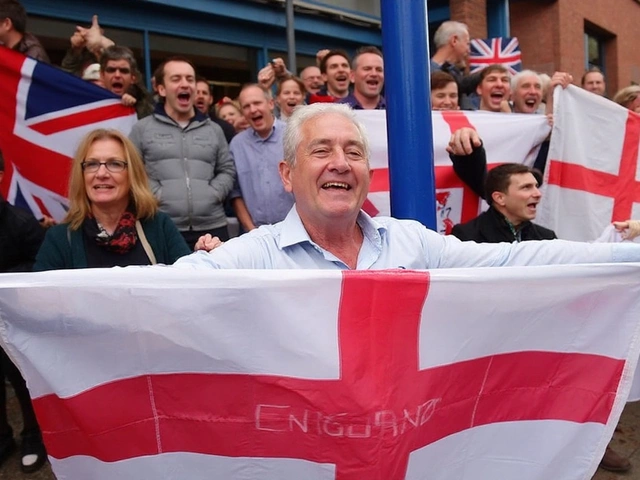
Write a comment